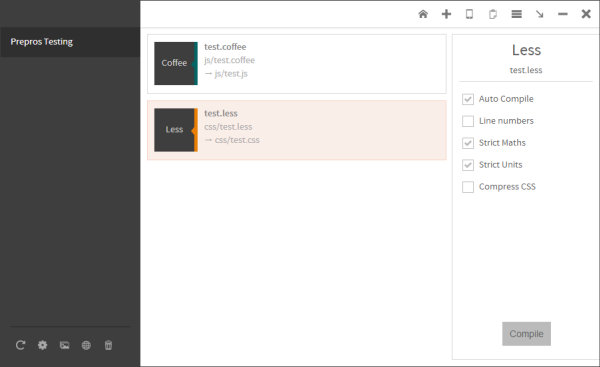

The page speed may also affect your SEO performance because of the new ranking factor, including the Core Web Vitals. All those requests created by heavy CSS files will increase the time for a web page to load, upsetting visitors and Google. The bigger your CSS files are, the longer it will take for the browser to process them.

Before rendering the page, your browser needs to download and parse the CSS files, making those files a render-blocking resource. In other words, critical CSS is key to optimizing performance. 💡 Critical CSS makes you rethink how the browser loads CSS: you need to prioritize the CSS for above-the-fold content. It’s like taking the bare minimum CSS to display the content being viewed by a visitor. What is Critical CSS and Why it Matters for Performance?Ĭritical CSS is a technique that extracts the CSS above the fold to display the page as quickly as possible.
#Add temp style sheet to live site prepros how to#
Meaning that you should always load your critical CSS and JavaScript in priority.īut how to decide which CSS is critical and which one is not? Which part of your website should you “delay” to speed up another? It’s all about priorities and finding which CSS resources are essential and how to optimize their delivery. When running a performance audit on Google PageSpeed Insights, you’ll find that Google recommends you to “ eliminate render-blocking resources” almost every time.


 0 kommentar(er)
0 kommentar(er)
